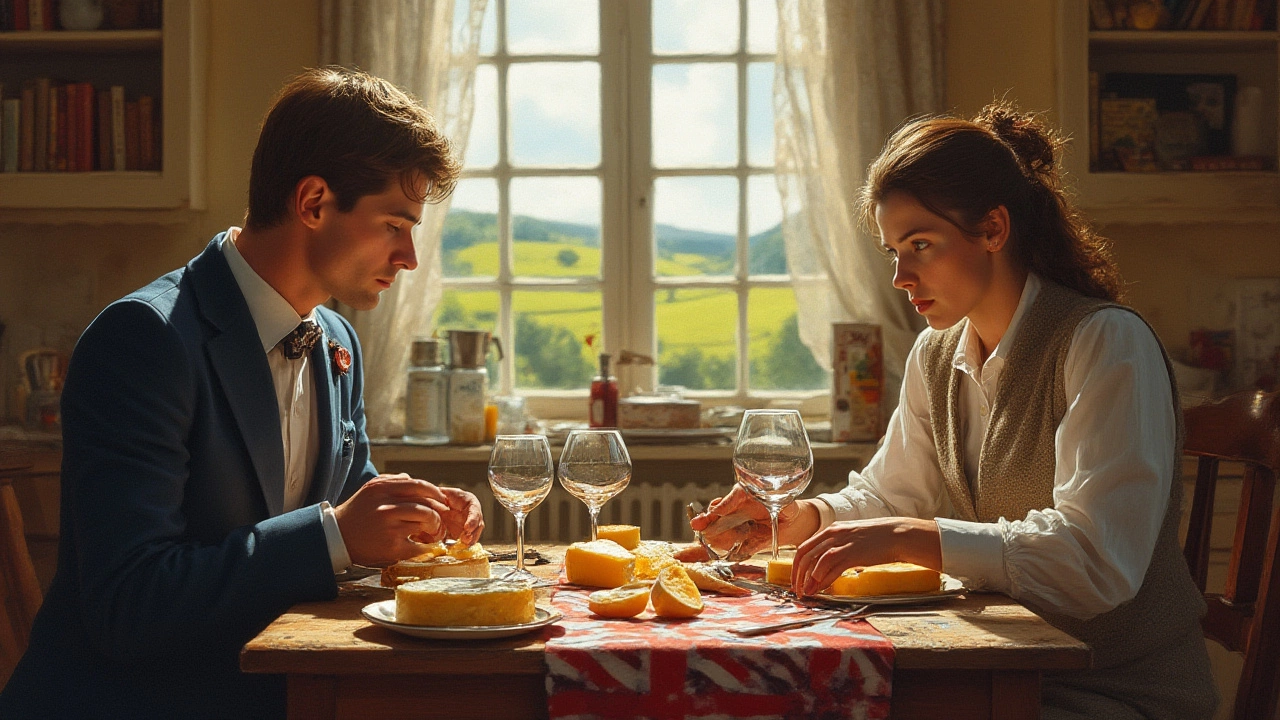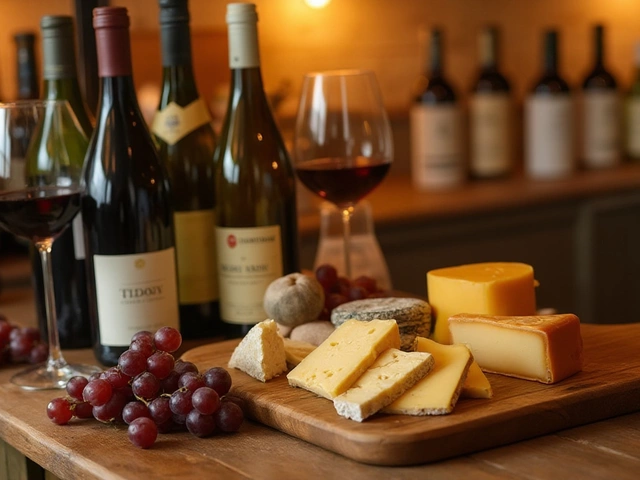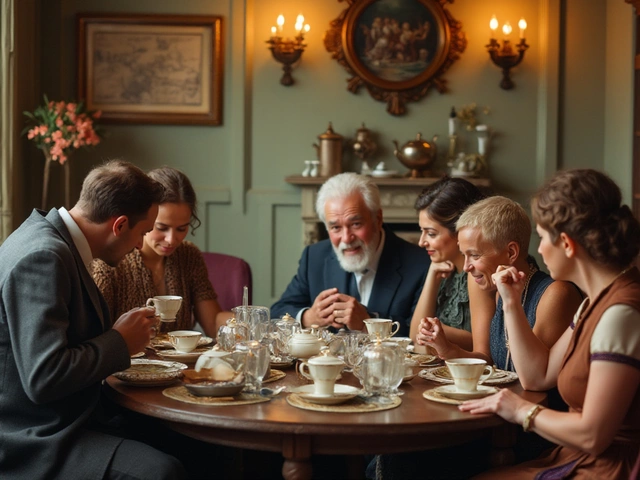Food Pairing Basics for Wine Lovers
If you love wine but get stuck wondering what to eat with it, you’re not alone. The good news? You don’t need a sommelier’s degree to make tasty matches. A few simple ideas can turn an ordinary glass into a flavor party.
First, think about balance. The goal is to make the food and the wine lift each other, not fight. A heavy, tannic red needs a bite of protein or fat, while a crisp white shines next to light, acidic dishes. Keep that in mind and you’ll avoid the classic mistake of pairing a delicate wine with a strong, spicy stew.
Simple Pairing Rules
Rule #1 – Match intensity. Light wines go with light foods, bold wines with bold foods. A buttery Chardonnay feels at home with creamy pasta, while a robust Cabernet pairs well with a juicy steak.
Rule #2 – Play with flavors. Complementary flavors work wonders. Citrus notes in a Sauvignon Blanc match well with lemon‑y fish dishes. Earthy Pinot Noir loves mushroom‑based plates because both share forest‑y tones.
Rule #3 – Use contrast wisely. A splash of acidity in the wine can cut through rich, fatty foods. That’s why you’ll often see a glass of sparkling wine with fried foods – the bubbles and acid refresh the palate.
Rule #4 – Keep the sauce in mind. The sauce often dictates the pairing more than the protein itself. A tomato‑based sauce pairs nicely with a medium‑bodied red like Merlot, while a cream sauce fits a richer white such as Viognier.
Quick Pairing Ideas for Popular Wines
Pinot Grigio. Light, crisp, and slightly fruity. Serve it with salads, fresh seafood, or mild cheeses like mozzarella. The bright acidity balances salty olives and garlic‑infused dishes.
Riesling. Often a touch sweet, it pairs brilliantly with spicy Asian meals or pork dishes with apple glaze. The sweetness tames heat, while the acidity keeps the palate fresh.
Rosé. Versatile and refreshing. Try it with grilled vegetables, charcuterie, or a classic pizza Margherita. The fruit notes complement tomato sauce without overwhelming it.
Malbec. Deep, dark fruit and soft tannins. Pair with grilled red meats, barbecue ribs, or hard cheeses like aged cheddar. The fruit matches the char on the meat, while the tannins soften the richness.
Champagne. Not just for celebrations. It’s a superb match for salty appetizers, fried chicken, or even popcorn. The bubbles and bright acidity cut through the fat, making each bite feel lighter.
When you’re unsure, use these quick checks: Is the dish light or heavy? Does it have a strong sauce or a simple seasoning? What’s the dominant flavor – sweet, sour, bitter, or salty? Answering those three questions will point you toward a wine that feels right.
Finally, trust your taste buds. Everyone’s palate is a little different, so feel free to experiment. Grab a glass, try a bite, and notice what works. Over time you’ll develop your own go‑to combos and impress friends at dinner parties.
Food pairing doesn’t have to be intimidating. With a few rules, a handful of ideas, and a willingness to taste, you’ll turn every wine glass into a culinary adventure.
Ever wondered if cheese or wine should be tasted first? Unpack the right tasting order, food pairing science, and pro tips for an unforgettable experience.
View Details

